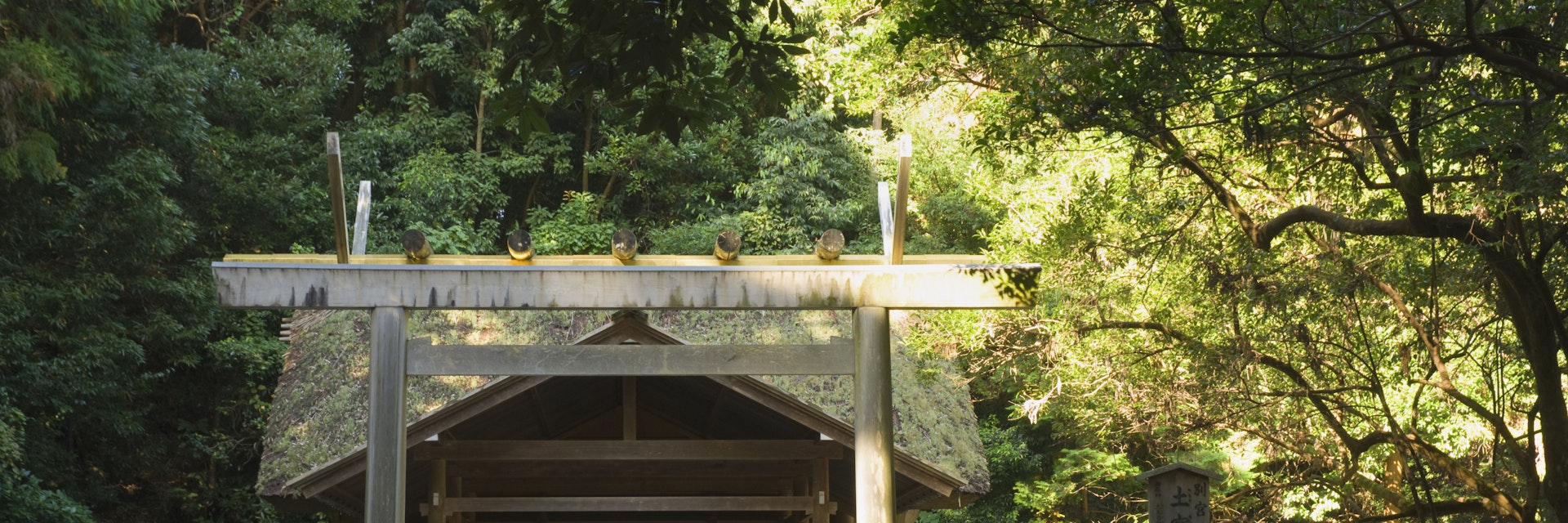Believed to have been founded in the 3rd century, Ise-jingū is Japan's most venerated Shintō shrine. It’s in two parts – Gekū, the outer shrine, and Naikū, the more important inner shrine, several kilometres away – both set in sprawling, deeply forested precincts. According to tradition, the shrines are rebuilt every 20 years, with exact imitations on adjacent sites according to ancient techniques – no nails; only wooden dowels and interlocking joints. The present buildings were rebuilt in 2013.
Upon completion of the new buildings, the god of the shrine is ritually transferred to its new home in the Sengū No Gi ceremony. The wood from the old shrine is then used to reconstruct the torii (Shintō shrine gate) at the shrine's entrance, or it is sent to shrines around Japan for use in rebuilding their structures.
The buildings are rare examples of pre-Buddhist Japanese architecture. Unfortunately, the main sanctuaries at both Naikū and Gekū are almost completely hidden from view behind wooden fences – though you can just about make out their distinctive roofs, with their cross-hatched finials (called chigi) that are a hallmark of early Shintō architecture. Only members of the imperial family and certain shrine priests are allowed to enter the inner sanctum. Both shrine precincts have smaller subsidiary shrines that are visible to the public and are designed in the same style as the main sanctuaries.
Smoking is prohibited throughout the grounds of both shrines and photography is forbidden around their main halls.
Gekū is an easy 10-minute walk from Ise-shi Station; Naikū is accessible by bus from the station or from the stop outside Gekū.

